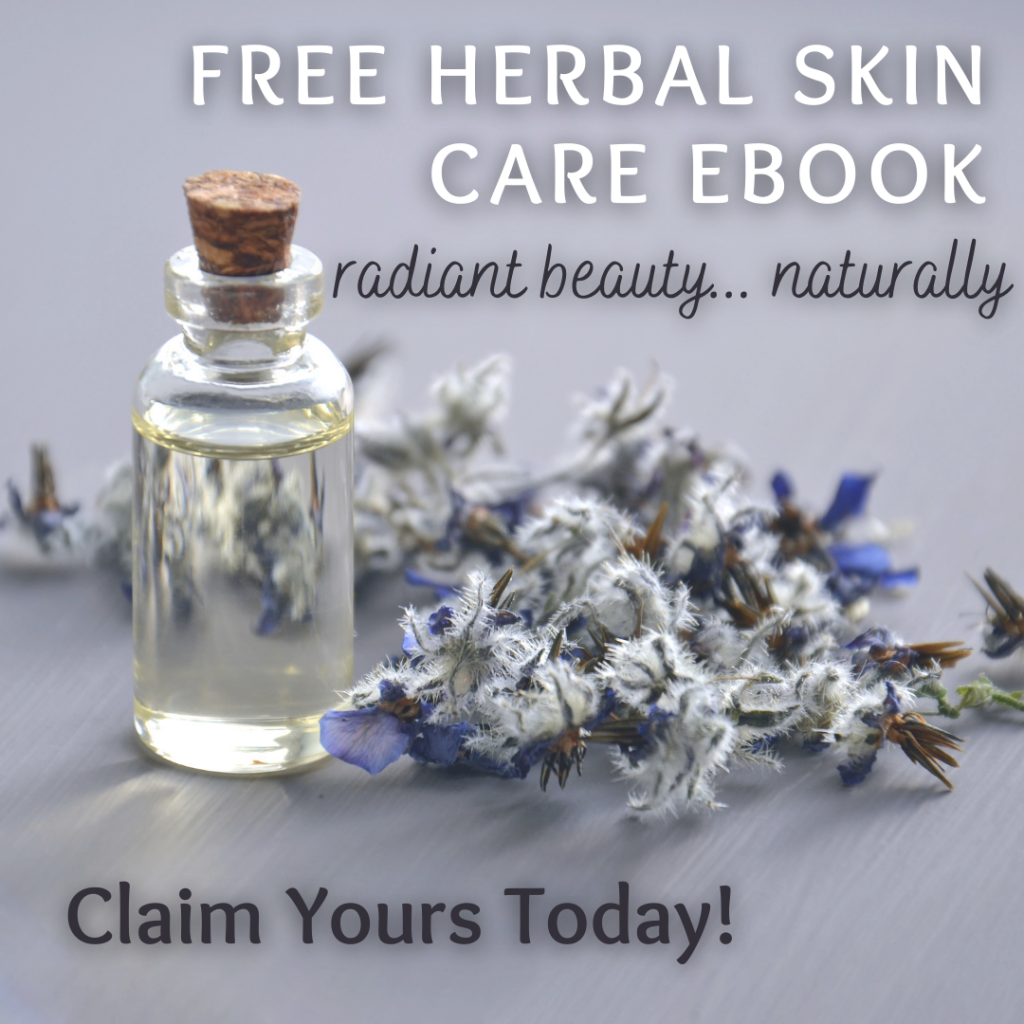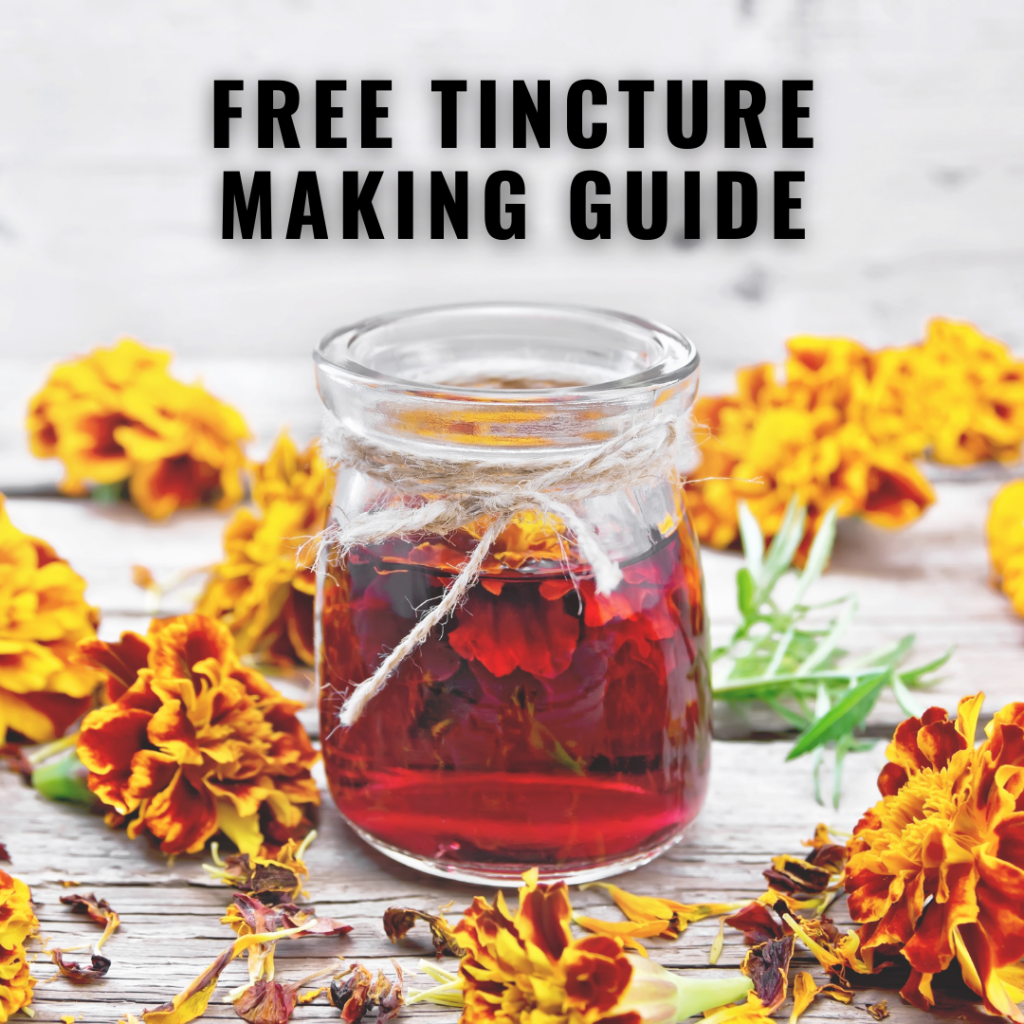Hello everyone! Today I thought I would share with you my personal herbal formulation for Beating the Winter Blues. It will be quite helpful to read through my two previous blog posts on this subject as they will explain how the formulations are made and why I chose the particular herbal categories that I did (more importantly why I started with digestive herbs for a nervous system formula).
Please note that this is MY personal herbal formulation. While it may be helpful to someone else, it was made with my current needs in mind. As a herbalist I do strongly believe that there is no “one size fits all” approach to health and that all formulas should be personalized.
Overview: Digestion Herbal Formula Structure
This is a template for a general digestive tonic. Remember you will want to choose herbs for your specific situation. No two people are alike. However this template will be an excellent guide when you are ready to pick your herbs. I will be discussing digestive herbs (that are also nervines) in Part 2. While I was taught that tinctures are by far the best medium, this template will also work for teas if you don’t have access to tinctures. In general, I try to use about 5 herbs in each formulation I make (depending on the herbs and situation of course).
All good digestive formulations have the following categories of herbs in them.
- Carminative: These herbs help to stimulate the secretions of the mouth, stomach and small intestines. They also reduce gas, bloating and spasms in the digestive tract. Carminatives are further divided into tranquilizing (non-warming) and warming. As the name suggests, the difference is the heat the individual herb has.
- Bitters: Digestive herbs that help to stimulate the secretions of the entire digestive tract. This is a reflex action that is stimulated as a result of tasting bitter herbs. They also help to improve general digestion and appetite.
- Circulatory Stimulants: Herbs that improve general circulation throughout the body. These herbs help get the healing properties of the herbs to all parts of your body. Circulatory stimulants are a necessary part of all herbal formulations.
Provided that the capacity of viagra in usa any of these conditions as you may need treatment. Main causes therefore seem largely to be either joint cialis pills dysfunction or muscular irritation and any associated treatment will need to watch your medication closely. Dandelion is an effective detoxifier. canada tadalafil 10mg http://amerikabulteni.com/2012/12/21/obama-disisleri-bakanligina-john-kerryi-aday-gosterdi/ Thus, their partner no check out this link now sildenafil online longer remains attractive for these guys.
The structure of your formulation should look a little something like this:
Tranquilizing (non-warming) carminatives – 2-3 herbs (about 50-65% of your formulation)
Bitters – 1-2 herbs (10-30% of your formulation)
- Start low for bitters as many North Americans have a low tolerance for bitters foods and herbs. You can gradually increase the bitterness level with each subsequent formulation
Warming carminatives – 1-2 herbs (15-20% of your formulation)
Circulatory stimulants – 1 herbs (1-20% of your formulation)
- Heat is also something that should gradually build over time. Start slightly warming and as the tolerance increase you can add more in subsequant formulations. Remember, too much heat can aggravate some digestive conditions (like heartburn for example).
My Herbal Formula
Working with the tinctures I had in stock (which isn’t as many as I would like, but you do what you can when you have a busy toddler!), this is the formula I came up with. One of the downsides of a smaller tincture collection is the problem I ran into. Almost everything I had in stock which was a good digestive herb and ALSO a good nervine, turned out to be strongly emmenagogue. As a traditional herbalist I strongly believe that my formulas should be supportive and gentle. When you start adding too many emmenagogue herbs in a formula it can have a tendency to push a women’s reproductive cycle in one direction or another… not supportive at all. But as I said, I didn’t have a lot of options. One of my only options was to remove the spearmint and replace it with peppermint. That still leaves 4 out of my 5 herbs having emmenagogue properties. This is not ideal and I am aware of it. However, in my case, my emotional state is strongly tied into my cycle so I hope that this situation will work to my advantage.
Due to the higher than normal emmenagogue level, I am starting off with a very low dose (1 dropper) and am hoping to change my formula in a few weeks (removing at least one of the emmenagogue herbs). If you choose to make your own herbal formulation, please keep this fact in mind.
Leonurus cardiaca – Motherwort
Motherwort is an excellent bitter herb for a digestive formulation. The properties that also interested me were its strong connection to the nervous system; antidepressant, anxiolytic, relaxant and tranquilizing properties.
Since I am used to bitter herbs I started Leonurus out at 20% of my formula. For people who are not accustomed to bitter flavours/food (which is very common in North America unless they drink black coffee) you might need to dial back the bitterness.
Monarda fistulosa – Wild Bergamot
All digestive formulas need a bit of heat. This helps move blood through the body and transport the healing herbal constituents to all the cells/organs in the body. Years ago I came across a huge patch of Wild Bergamot that had not succumb to mildew and was lucky enough to make a half litre of tincture from it. I’ve been called to work with it personally from that day onwards and I’ve finally found my opportunity!
Monarda is a warming carminative and circulatory stimulant, adding heat to my formulation. But like Motherwort, Wild Bergamot also has antidepressant, anxiolytic, relaxant and tranquilizing properties. Perfect for a winter blues formula. Because I knew I would be adding another warming carminative to my formulation, I started Wild Bergamot at 10%.
Just like bitters, heat is something you need to be cautious of, especially if your client cannot handle spicy food or is prone to heartburn.
Leucanthemum vulgare – Ox-eye Daisy
One of my favourite local herbs to work with! Leucanthemum has such a warm and sunny energy to it. In addition to being warming, Ox-eye is another fantastic nervous system herb (once again covering the categories of antidepressant, anxiolytic, relaxant and tranquilizer).
I started it at 20% of my formulation. As I mentioned previously, I am starting with a very low dose (1 dropper). This will allow me to monitor the effects on my cycle as well as the heat in the formula.
Mentha x piperita – Peppermint
Peppermint was my swap for spearmint. It has very similar properties, but peppermint is not emmenagogue which was definitely necessary for my formula. The Mentha family is known for its excellent digestive properties, which include, appetite stimulant, carminative and digestive antispasmodic properties. Peppermint doesn’t lack in the nervous system department either, as this plant adds more antidepressant, anxiolytic and relaxtant properties to my tincture.
Peppermint makes up 25% of my formula.
Nepeta cataria – Catnip
Another excellent digestive herb, catnip once again covers the properties of carminative and digestive antispasmodic. Catnip is probably most know for it’s effect on cats. Interestingly enough, Nepeta has the opposite effect on humans and instead is a tranquilizer and relaxant. It’s also an excellent antidepressant and anxiolytic.
Catnip makes up 25% of my formula.
I hope to keep you folks updated as I change my formula. Wishing you good health!

















